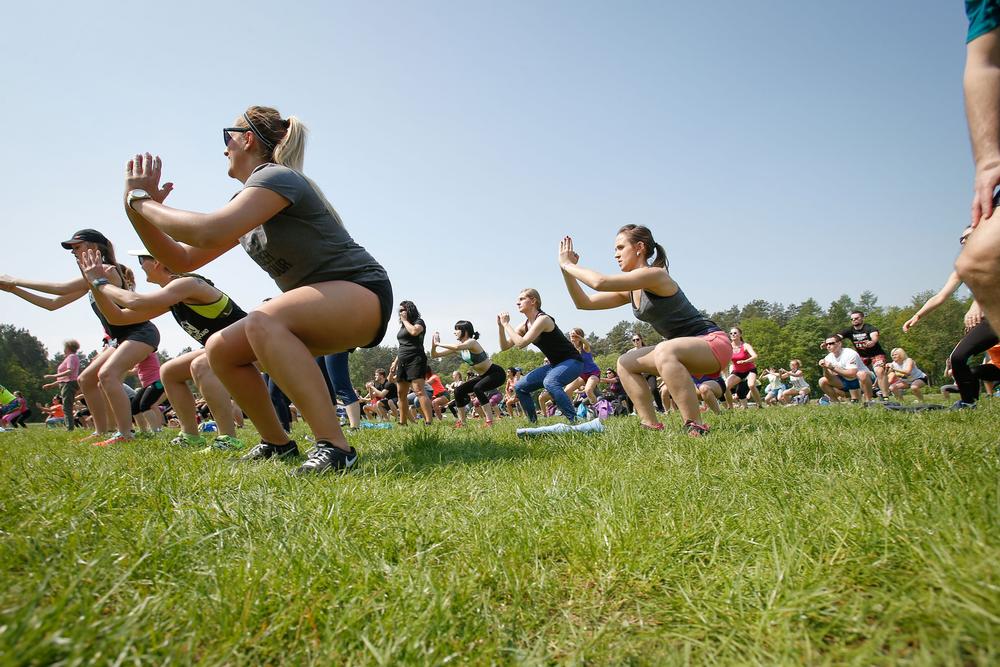As a qualified medical doctor with a passion for prevention, arriving at Health Club Management at a time when exercise is rapidly becoming recognised as one of the most effective contributors to preventative healthcare is extremely exciting.
It’s never been more important to champion exercise as a health tool and as a fan of facts and figures, I believe statistics are needed when highlighting the importance and value of activity.
However, one of my first impressions of the sector is a tendency to report eye-wateringly high figures when referring to ‘the cost of inactivity to the NHS’. On closer inspection, the figures being used represent the entire cost of lifestyle diseases to the NHS, and that’s simply not accurate.
We all know inactivity is a major factor in the development of diseases such as type II diabetes and heart disease, but landmark scientific studies, including the Framingham Heart Study, have long shown that these diseases are multifactorial. Variables like genetics, diet and smoking also play a role, alongside inactivity.
But this hasn’t stopped some in our industry from claiming that getting everybody moving will save the entire amount the NHS spends on treating lifestyle diseases, rather than the lesser amount that is attributable to inactivity.
Whether deliberate or simply due to oversight, the misrepresentation of the cost of inactivity needs to stop. It places our sector at risk of losing the credibility it has fought hard to gain, and will damage relationships with sectors and stakeholders with whom we need to collaborate to improve the nation’s health and wellbeing.
In these challenging times when budgets are strained and government policies, such as Sporting Future, inadvertently pit different agencies against each other, it’s understandable that some may feel the need to exaggerate the impact of their work to win funding. However, compromising on accuracy will ultimately destroy our ability to lead.
Turning from competition to collaboration is one solution. If sectors unite to develop programmes that achieve multiple goals, more can be achieved. Activity programmes could partner with mental health initiatives, so one pot of money pays for both. In this scenario, competition is removed and each has less need to overstate its impact on NHS spending.
Some collaborations are already in progress, but there’s much more work to be done and as we grow closer to other health sectors, we’re well placed to lead in strengthening the standing of exercise as a proven public health tool.























































